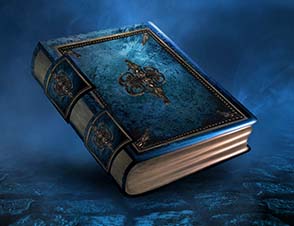You CAN Play Type I #119: Back to Basics, Part IX – The Ten-Second Card Advantage Solution Part 1
Card Advantage is simpler and more visible than tempo, so the spectacular plays you associate with Type I are usually those that build incredible CA, from Stroke of Genius to Mind Twist. The most powerful card ever printed, Necropotence, is also the most powerful CA engine ever printed.
It’s really very simple. If Restriction 1 says you only draw one card a turn, or your regular draw, then one way to win is by drawing more cards. However, spectacular plays aren’t common. Normally, you have to choose between two average plays. Thus, you want a simple method to count CA, to help you decide… and that’s what I’m going to provide.

